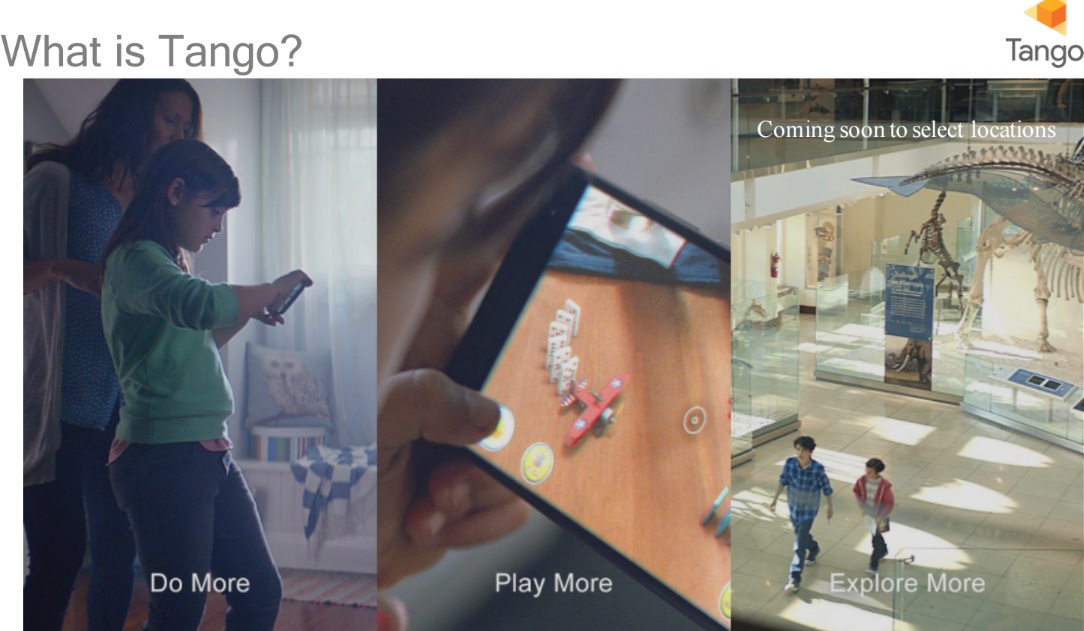Qualcomm said today it is optimizing its Snapdragon family of processors to run Google’s Project Tango augmented reality technology.
The world’s biggest mobile chip maker announced that its Snapdragon 652 and 820 processors both support Tango, a technology that enables someone to use a tablet or smartphone with animated information overlaid on the real world. Tango can, for instance, allow someone to literally visualize what a piece of furniture would look like in their own home. The Qualcomm support means that Tango, which has support from phone makers such as Lenovo, could get into the market more easily.
![]()

![]()